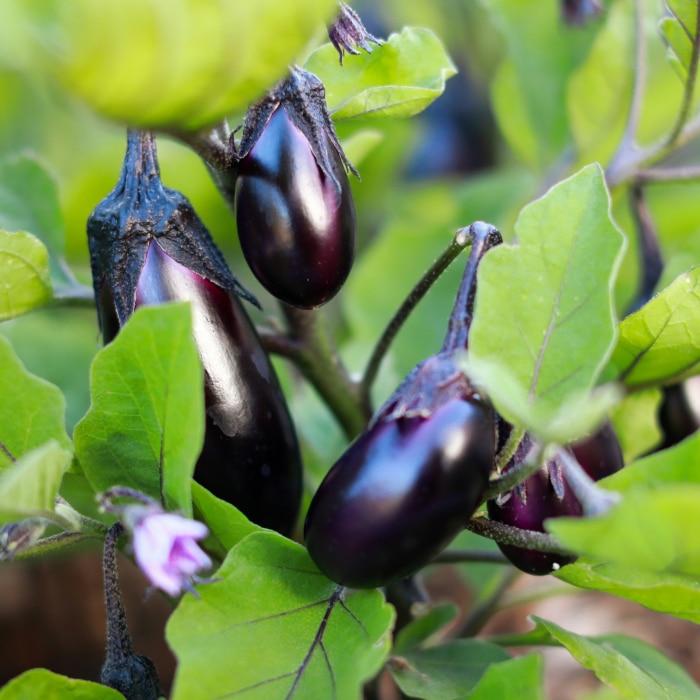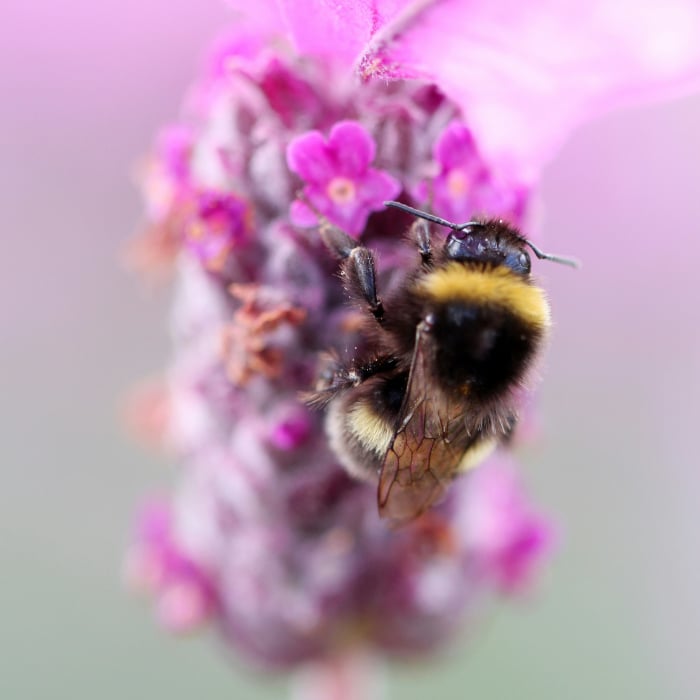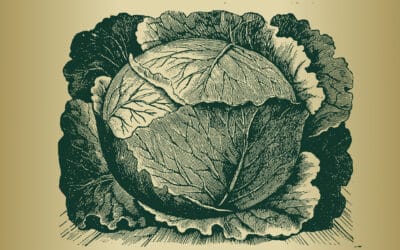Every gardener dreams of a healthy, green garden. Yet, sometimes, no matter how hard we try, we don’t always get the results we hope to see.
The reason? Many times, it’s our approach to fertilization – an important yet often misunderstood part of gardening. Missteps in fertilizer application can stifle plant growth, harm the environment, and waste your hard-earned efforts.
But fear not! The key to unlocking your garden’s potential lies in understanding and applying the right Fertilization techniques.
TL;DR
We aim to:
- Highlight the importance of soil testing to identify nutrient deficiencies and optimal pH levels for garden health.
- Discuss choosing the right fertilizer based on plant needs and soil conditions, weighing organic vs. synthetic options.
- Emphasize timing and frequency of fertilization to align with plant growth cycles and seasonal changes.
- Explore methods of applying fertilizers correctly to avoid over-fertilization and ensure nutrients are efficiently used by plants.
- Advocate for sustainable gardening practices that respect the environment and promote soil and plant health for future generations.
Understanding Soil Health and Nutrient Needs

Eggplants with deep purple hues thriving in the garden, a testament to using proper fertilization techniques that ensure successful fruit development.
Choosing the Right Fertilizer
Wading through the large number of fertilization techniques can feel overwhelming. The decision between organic and synthetic fertilizers became a pivotal one, each with its own set of benefits and considerations.
Organic fertilizers, derived from plant or animal matter, not only feed plants but also contribute to the soil’s long-term health by improving its structure and supporting its microbial life.
Synthetic fertilizers, on the other hand, offer a more immediate release of nutrients, which can be necessary during peak growth periods.
The N-P-K ratio, representing nitrogen (N), phosphorus (P), and potassium (K), became my mantra when selecting fertilizers. This ratio is very important because each plant has distinct nutritional needs at various stages of its growth.
Leafy greens, for instance, demand a higher nitrogen level to support their rapid leaf development. The leafy greens in my own garden love nitrogen fertilizer. In contrast, my tomato plants benefited significantly from a phosphorus boost, essential for robust root and flower development, leading to bountiful fruit production.
Through trial and error, I discovered the importance of matching the fertilizer to the plant’s specific phase of growth. For example, a balanced N-P-K ratio is often ideal for general plant health, but during the flowering and fruiting stages, increasing phosphorus and potassium relative to nitrogen can promote better yields.
This subtle approach to fertilization, grounded in an understanding of soil health and plant nutrient needs, has transformed my gardening practice from a hopeful experiment into a science-driven pursuit of garden vitality.
Timing and Frequency of Fertilization
The art of gardening truly unfolds when we master the timing and frequency of fertilization techniques. Each plant in the garden operates on its own unique timetable, responding to the ebb and flow of seasons. Understanding these rhythms is so important.
I aligned my fertilization schedule with the growth cycles of my plants, ensuring that each application of fertilizer was timed to coincide with periods of active growth. Spring, for instance, is an important time for most plants as they push out new growth, making it an ideal time for a nutrient boost.
However, the timing of fertilizer application extends beyond just the seasons. The life stage of the plant also dictates its nutrient needs. Young seedlings have different requirements than mature plants gearing up to flower or fruit.
By adjusting the timing and frequency of fertilization to match these stages, I was able to support my plants’ growth more effectively, minimizing waste and reducing the risk of runoff into local waterways—a concern for any environmentally conscious gardener.

Rows of healthy corn plants showcase the impact of modern fertilization techniques, resulting in vigorous growth and high yields.
Methods of Application
Learning fertilization techniques was a time marked by trial and error. It’s a balancing act; applying too little can result in undernourished plants, while too much can lead to nutrient burn, where the roots are damaged by an excess of fertilizer, leading to yellowing leaves and stunted growth.
The method of application can make all the difference. For granular fertilizers, I found that evenly spreading the granules around the base of the plant and then lightly working them into the soil helped prevent the concentration of nutrients in one spot, which could harm the plant.
For liquid fertilizers, diluting the solution to the recommended rate and applying it directly to the soil around the plants ensured that the nutrients were readily available to the roots without overwhelming them.
Moreover, the method of application depends on the type of plant and its specific needs. Some plants prefer a slow, steady supply of nutrients, benefiting from slow-release or organic fertilizers that break down over time.
Others, particularly those with rapid growth or high nutrient demands during the flowering or fruiting stages, may respond better to liquid fertilizers that can be absorbed quickly.
Adapting my approach based on the plant type and its current needs helped me avoid the pitfalls of over-fertilization and ensure that my garden remained healthy and vibrant.
Monitoring and Adjusting Fertilization Techniques
Observation is a gardener’s best tool. Watching for signs of nutrient deficiency or excess and adjusting my fertilization techniques accordingly became a regular part of my gardening routine.
This responsive approach helped me maintain a delicate balance, ensuring my garden remained healthy and vibrant.

A bumblebee gathers nectar on a purple flower, an important pollination process that complements the role of effective fertilization techniques in a garden.
Environmental Considerations and Safety
Gardening is not just about what we take from the earth but also what we give back. I became mindful of the environmental impact of my fertilization techniques, opting for sustainable, eco-friendly options (such as fish emulsion fertilizer) whenever possible.
This not only supported my garden’s ecosystem but also contributed to the broader health of our planet.
Conclusion
Understanding the complex balance of nutrients and soil health is key to supporting a garden that not only blooms with life but also harmonizes with the ecosystem.
Through a thoughtful approach to fertilization, we can enhance our gardens in ways that fulfill us and pay homage to the planet’s well-being. Embracing the wealth of knowledge available and combining it with a genuine respect for the natural world, we ensure that our gardening practices contribute positively to the environment and our own quality of life.
Let’s commit to cultivating our gardens with intention and respect, guiding them to thrive today and sustain future generations.







